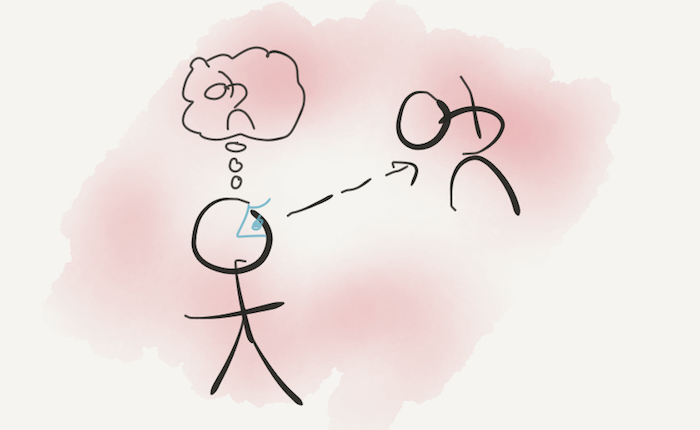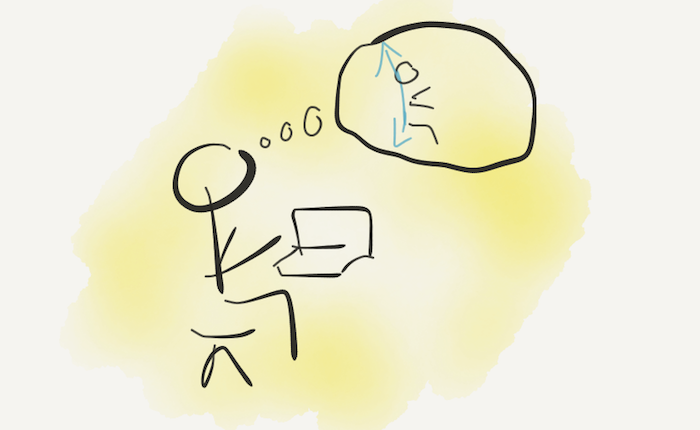10 Ways Working on Body Mechanics Can Improve Your Dancing
I used to consider myself an ungraceful dancer. I accepted this as unchangeable, trusting that my musicality and partnering skills would be enough for me as a social dancer. Over the past few years, thanks to several amazing teachers who use body mechanics as a fundamental part of their toolkit, I’ve found that my gracefulness is limited only by the effort I put into working on it. To my slight surprise, studying body mechanics has also massively improved my partnering skills, and many other aspects of dancing that go beyond “looking good”.
I’d like to teach some classes on body mechanics for dancers in the near future and was thinking about why I found body mechanics so profoundly impactful, and important enough that I’d like to grow a local community (ideally open to dancers from a variety of dance styles) to work with me on these ideas.
Plenty of amazing dancers have a limited “knowledge” of body mechanics. This is because this knowledge is already engrained in their bodies and in their movement, much in the same way that we are able to speak our native language without having a detailed knowledge of how its grammar works. (Do you know in what circumstances we say “ate” and in what circumstances we say “have eaten”? Ask a non-native English speaker some time!)
But if you feel like you are learning dance as a “foreign language” and would like to become a “native dancer”, or you want to help your students find shortcuts to becoming a “native speaker of dance”, working on improving your knowledge and embodiment (your ability to have this knowledge reflected in your movement) of body mechanics will help you in a variety of ways.
1. Your dancing will feel more effortless

Good movement optimally (re)distributes tone in the body. Not only does excess tone get in the way of good movement, it also has to be compensated by additional force to overcome the “stuckness” and allow movement to happen. By getting rid of both these kinds of tone, you’ll be able to dance with lower effort overall.
2. Your dancing will look better
Although body mechanics don’t place any value in something merely looking good, there is an inherent elegance to good movement. Because good movement uses spirals and twists, engages the participation of the whole body from head to toe and allows the body to go through its full range of motion, this movement tends to look powerful, well-balanced and flowing, and create the lines that come from carrying a movement through to its full extent, rather than forcing a certain body position to happen.
3. Your leading and following skills will improve
Good leading and following stems from body mechanics. A body that is moving with optimally distributed tone is easy to “read” because the story told by the points of connection (typically the arms and upper body) is coherent with the story told by the rest of the body, making leading a matter of “just do it”. This also takes the guesswork and “cerebral” interpretation out of following, because our natural reflex to mimic or complement the tone redistribution of our lead will automatically cause our body to move in a predictable way. Because our body is also “readable” as a follow, any choices we make that differ (intentionally or not) from what the lead intended can be easily adapted to.
Movement also has a flow to it, an internal logic, that is related to body mechanics. Being able to rely on our partner’s movement being readable and understanding its internal logic allows us to place trust both on what they will do next and how they will react to our movement, making it easy to step fearlessly out of the bounds of pure leading and following.
4. You will have better proprioception
How many vertebrea do you have? Do you know where they currently are in space? Can you feel how each of them relates to the one above it and the one below?
As you work on embodying the structures of your body, your proprioception and control of these structures will improve, allowing you to move your whole body more intentionally and to better perceive how both you and your partners’ bodies are moving.
5. You will increase your ability to learn from other people’s movement

We come in many shapes and sizes. Because of this, directly trying to mimic your favourite dancers may not work. But your bones and muscles are organised in the same way as them. By working on body mechanics, your eye for movement will improve and rather than try to copy the shape other dancers are making, you will be able to translate the way their muscles and bones are moving to your own body - truly “making a movement your own”.
This is also particularly true of movement that comes from a different culture than your own, and that doesn’t feel “natural” or easy to you.
6. You will have more precise language for talking about dance and partnering technique
All movement, and all leading and following, can be thought of as tone redistribution throughout the body. Because we have hundreds of muscles, describing what happens in each of them is rather unrealistic. However some redistributions of tone group together to make functional movements happen, such as “twist the spine”. Then, at different levels, other functional movements join together to create bigger functions such as “take a step”. Being able to drill down to various levels of detail makes it easier to pinpoint both what is meant by high level concepts such as “stretch” and to identify precise aspects for improvement — for example, I’m currently working on my femur and tibia rotations in pliés.
7. Your posture will improve
This one is not just for dancing but the day-to-day joy of presenting yourself to the world in your truest light. Our postural problems tend to come from dysfunctions in our body mechanics. We often try to fix them by “holding” ourselves in “good posture”. This holding not only introduces tone that will get in the way of good movement, it also does not fix the underlying dysfunction. But if you address the dysfunction, the net result will include better posture.
8. You’ll be working on dance even when you’re not dancing

Working on body mechanics will tend to have the side effect that you notice your movement throughout your day: brushing your teeth, sitting down to breakfast, running for the bus… For me, a great deal of frustration tends to be associated with the number of “opportunities for improvement” I encounter. But it also means that I’m working on improving my body mechanics a great deal more often than when I’m specifically working on dancing — with direct benefits to my dancing!
9. You’ll prevent some types of injuries
A lot of injuries come from either lack of control (such as letting the knee twist in ways it’s not designed to), or exerting excessive strain on one part of the body because another is not pulling its weight.
For example, our pelvis plays a major role in force absorption and restitution, but tends to be under-used. The result is increased strain on the lower back and the knees, two areas where dancers often have pain. The work I described earlier for my femur and tibia rotations is an other way to say that I’m working on using my knee in a balanced fashion, allowing it to track easily along the line above my big toe (or thereabouts). Thinking about this in terms of body mechanics allows me not only to work on it in isolation and gain better habits for protecting my knee, but also to understand some of the sources of strain that can be placed on the knee (such as my femur not rolling nicely in my hip socket).
10. You’ll bridge the gap between mind and body
We often think of our body and mind as being separate entities, with the latter controlling the former. But our emotions tend to affect specific parts of the body and have mutual influence on our movement. During a private lesson, a student of mine once burst into tears because working a tiny bit on their sternum and shoulder girdle released unprocessed emotions stored there. We were able to free up some of the “mental” blockages through movement.
Conversely, this “mental” blockage was creating a movement and postural blockage that was getting in the way of dancing. Surprisingly to me, when I started working on body mechanics it was a step into a much greater understanding of my emotional processes, and I am increasingly becoming familiar, for example, with unprocessed emotions making their way into my shoulders and hip sockets, and with the ways in which my dancing plays with these emotions, releasing them, allowing them to just be, or allowing them to stay hidden.
Rather than dissociate mind and body, we can think of “ourself as a whole” who responds to music, partners and our current state in a variety of ways to create movement.
Having exactly ten benefits feels a bit clickbait-y. But as I was thinking through my experience over the past years, I realised that every time I thought I fully understood the importance of body mechanics, it turned out that there were additional reasons they impacted my dancing. Maybe if I rewrite this post in a few years I’ll have some extra benefits to add.
The modalities for working on body mechanics are numerous. It’s easy to “know” a lot about body mechanics, but more challenging to embody this knowledge in our movement and in our dancing. I have found Franklin Method and Alexander Technique to be particularly effective, and borrow ideas from both modalities to work on my own body mechanics, and as part of my teaching toolkit. Most of my classes in the past few years have included some body mechanics, whether quite nerdy and detailed for experienced dancers, or using simple imagery to allow new dancers to tap into their many years’ experience of moving their body every single day.
I’m really glad to have had the good fortune to study with some great teachers1, and to have benefited from the community and teaching of like-minded peers2. Over the years I have overcome my lack of “innate ability” (or belief therein) and learnt to dance, play flute and sing — as a result, I’m deeply convinced that anybody can learn anything if they have enough motivation and opportunity. So it’s ironic that until I came across the right tools and the right teachers, I thought there were limits on how good my dancing could be.
I hope you now have a clearer idea of how working on body mechanics could help you reach your goals in dancing — goals that you might even currently consider unfeasible. Most places have teachers of various modalities, even if they don’t teach directly your favourite dance style. Don’t hesitate to get in touch if you would like to discuss who to work with on body mechanics and how you can expect your dancing to improve.
Thank you to Jessica Feldbauer and Jonathan Janis for their insightful comments on previous drafts of this article